Football fans will have a new ground to visit next month when Tottenham move from their temporary home at Wembley to their new stadium.
With Spurs due to move into the new stadium when they host Crystal Palace on April 3, Press Association Sport revisits the other 19 Premier League stadiums.
Arsenal, Emirates Stadium, 2006
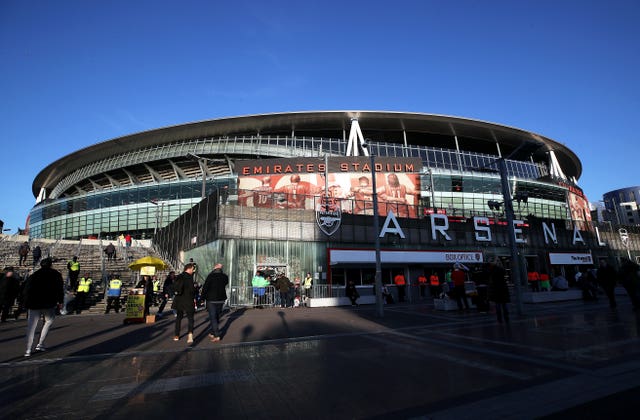
North London's 60,000-capacity Emirates Stadium opened in July 2006, having cost the club £390million and becoming the first of the truly modern grounds that have since become so common in the Premier League. Dennis Bergkamp's testimonial between Arsenal and Ajax was the first match it hosted.
Bournemouth, Vitality Stadium, 1910
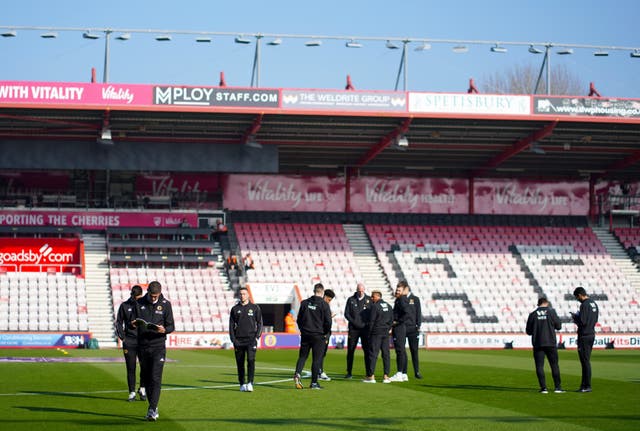
What was once known as Dean Court has been Bournemouth's home since 1910, and the Vitality Stadium is not the first name to come from a sponsor; in 2001 it became The Fitness First Stadium.
The original title came when the stadium was named after Mr JE Cooper-Dean, a club benefactor who granted Bournemouth a lease on land in King's Park in 1910. Its capacity of 11,450 is small by Premier League standards.
Brighton, Amex Stadium, 2011
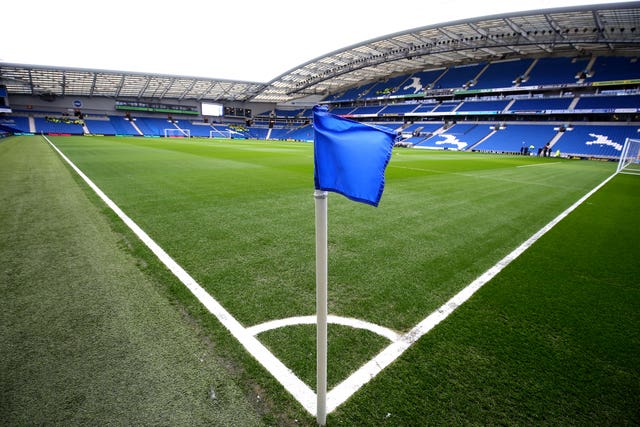
Brighton ended 14 years without a permanent home when they moved into the Amex Stadium in Falmer in July 2011, having left the Goldstone Ground in 1997.
They had shared with Gillingham and used the Withdean athletics stadium, but their £93million, 30,750-capacity stadium has since contributed to them becoming an established Premier League club. In January 2017 it also became the first stadium to host a competitive fixture in which VAR (Video Assistant Referee) technology was used, when Brighton beat Crystal Palace in the third round of the FA cup.
Burnley, Turf Moor, 1883
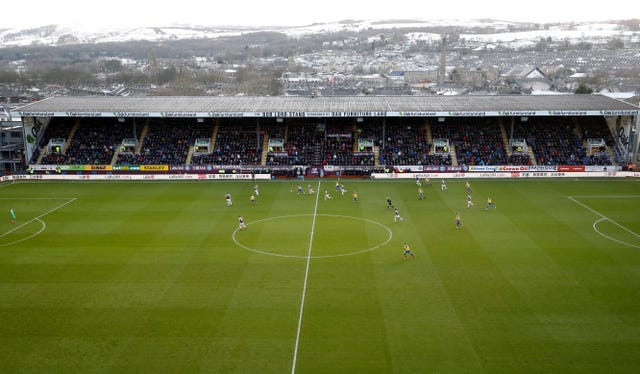
The 21,401-capacity Turf Moor opened in 1883, over a century before the Premier League even existed.
In English football, only their local rivals Preston have occupied the same stadium, Deepdale, for longer. Harry Potts Way, the street on which Turf Moor is situated, was named after the manager who guided them to the First Division title in 1959-60.
Cardiff, Cardiff City Stadium, 2009
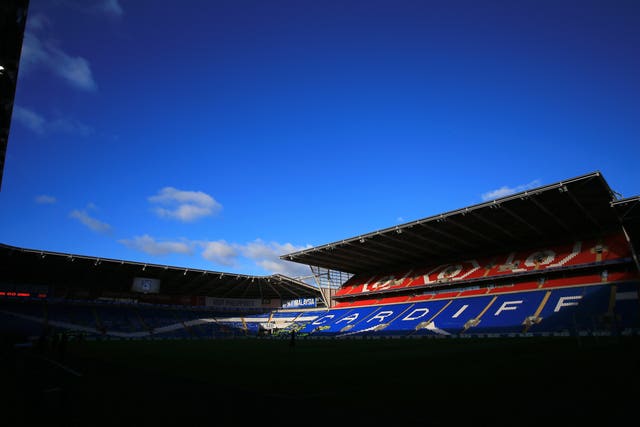
The Cardiff City Stadium opened in July 2009, over the road from the club's former ground Ninian Park at a cost of £50million. An additional 5,000 seats were added in July 2014, increasing the capacity from 27,000 to 33,280.
Chelsea, Stamford Bridge, 1905

Stamford Bridge is among the oldest football stadiums in England and has been Chelsea's home since 1905. It first opened as a sporting arena in April 1877 and until Chelsea's arrival was largely used by the London Athletics Club.
The club have abandoned plans to develop a new, 60-000 capacity stadium on the same site as their present 41,000-seater one.
Crystal Palace, Selhurst Park, 1924
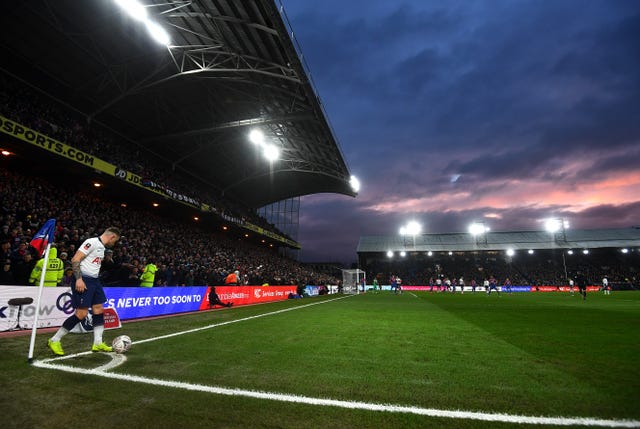
Selhurst Park is one of the few remaining Premier League stadiums that retains a more traditional atmosphere.
It became Palace's home in 1924 and given they have been given permission to expand their capacity from 26,000 to in excess of 34,000 amid a planned £100million development, they will soon pass a century there.
Everton, Goodison Park, 1892
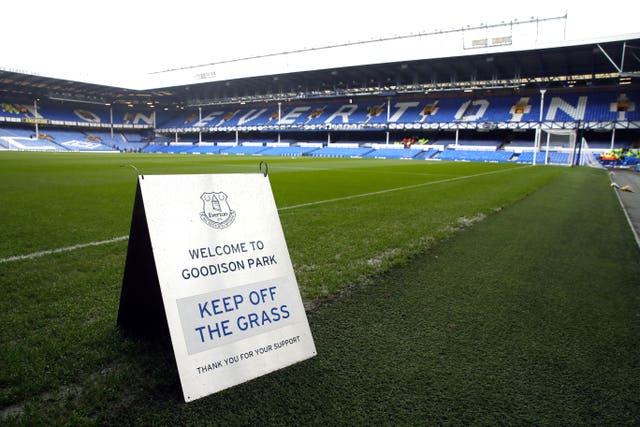
Everton's Goodison Park opened in August 1892 and they played their first fixture there when beating Bolton 4-2 the following month.
The last stadium expansion concluded, on the Stanley Park End stand, in September 1994, then giving Everton the third largest football stadium in the country behind Manchester United and Liverpool. The 39,572 capacity has since become unremarkable by Premier League standards.
Fulham, Craven Cottage, 1896

When Fulham first occupied Craven Cottage in 1896 it had only one stand known as the Rabbit Hutch, which had a capacity of around 1,000.
They left in 2002 to temporarily play at QPR's Loftus Road and when they returned in July 2004, the Cottage had become a 22,000-capacity all-seater stadium, which has since increased again to 25,700.
Huddersfield, John Smith's Stadium, 1994
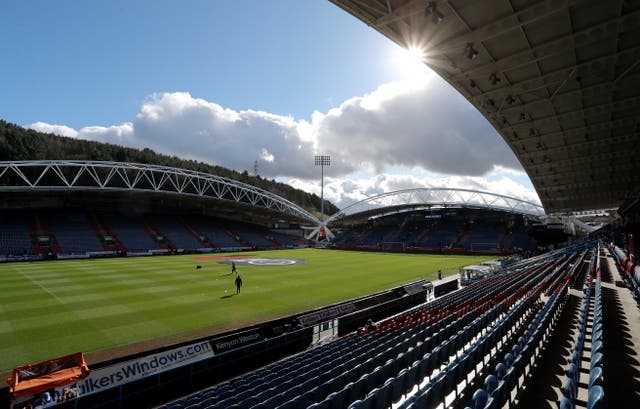
The John Smith's Stadium, home to both Huddersfield and the Huddersfield Giants, has also previously been known as the Alfred McAlpine Stadium and the Galpharm Stadium.
It was built in 1994, holds 24,499 people, and has also hosted Rugby League World Cup fixtures.
Leicester, King Power Stadium, 2002
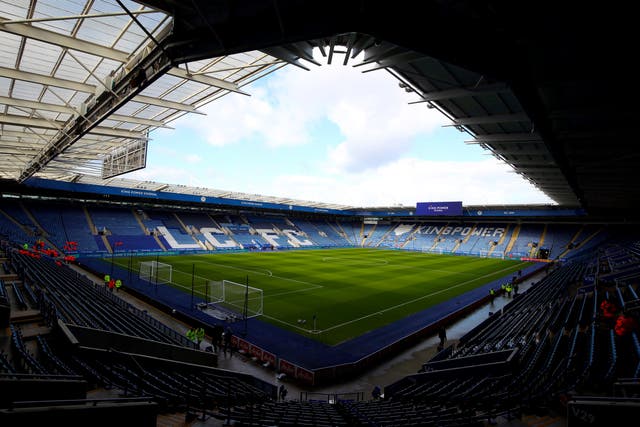
Leicester moved into what is now known as the King Power Stadium in 2002 after 111 years at Filbert Street. Their home adopted its current name in 2011, having first been opened as the Walkers Stadium. It has a capacity of 32,312.
Liverpool, Anfield, 1893
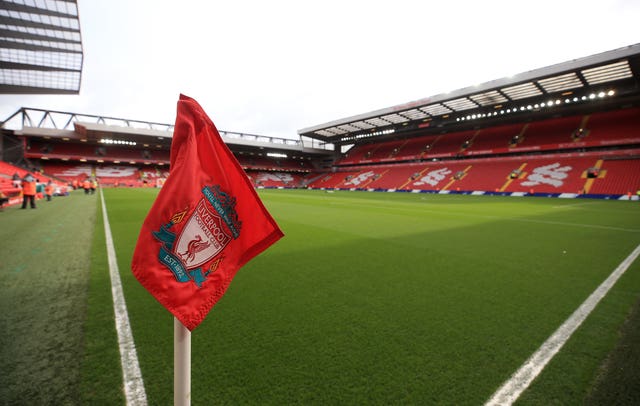
Anfield first opened in 1884, when it was rented to Everton until 1891. Liverpool then formed and made it their home from 1893.
In September 2016 they opened the stadium's new Main Stand, increasing the overall capacity by around 8,500 to 54,074 at a cost of £100million, and therefore ensuring they will remain there for years to come.
Manchester City, Etihad Stadium, 2003
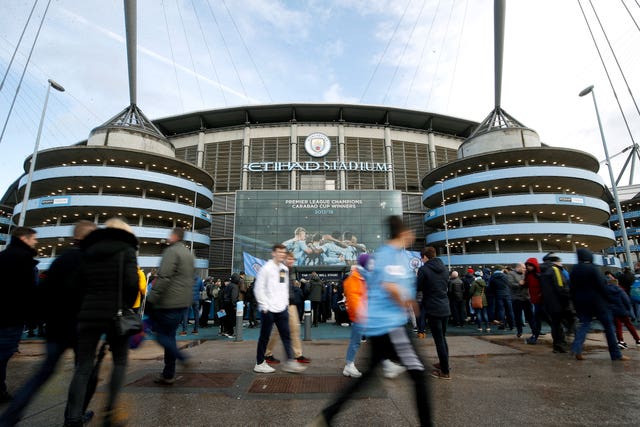
The reigning Premier League champions first moved into their stadium in June 2003, a year after what was then the City of Manchester Stadium had hosted the Commonwealth Games.
Their present manager Pep Guardiola's former team Barcelona were the opponents for their first home fixture, since when the 48,000-capacity facility has contributed to them being transformed and winning three league titles.
Manchester United, Old Trafford, 1910

Manchester United's 75,635-seater home is the largest in the Premier League. It also exists having been bombed during World War Two.
It was in 2006 when Old Trafford was most recently expanded, at the end of a decade of ground improvements, and three years after hosting the Champions League final between AC Milan and Juventus.
Newcastle, St James' Park, 1892
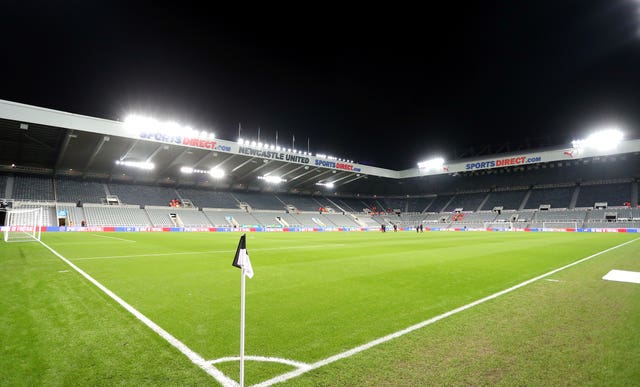
Newcastle have played at St James' Park since forming in 1892 but it had hosted football for 12 years before then.
It was in 2000, when Sir Bobby Robson was manager and before the days of Mike Ashley's ownership, that the latest expansion was completed at a cost of £43million to take the capacity to 52,000.
Southampton, St Mary's Stadium, 2001
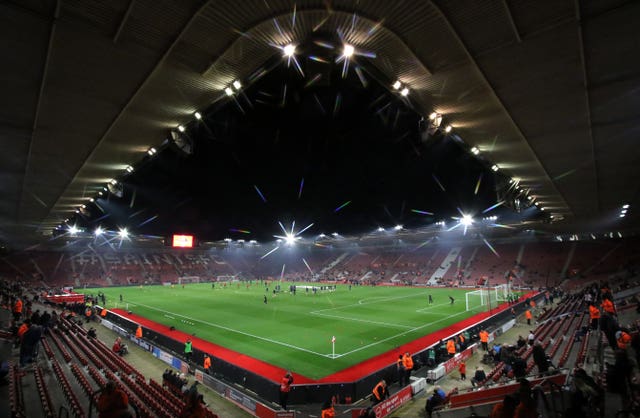
Southampton left their home of the previous 103 years, the Dell, for the £32million, 32,000-seater St Mary's Stadium in 2001.
Their first competitive fixture there came that August but it took them six matches before they secured their first victory, beating Charlton 1-0 in November.
Watford, Vicarage Road, 1922
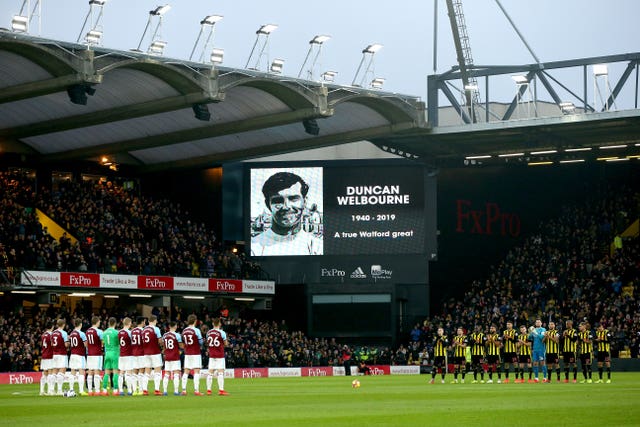
Vicarage Road became Watford's home in 1922 but by 1926 the costs involved in their move there had left them in a financial crisis.
It presently holds 21,577 spectators, a figure the club hope to soon increase to 30,000.
West Ham, London Stadium, 2016

West Ham moved into what had been the stadium for the 2012 Olympic Games upon leaving the popular Upton Park in 2016.
Their time there has been largely troubled, owing to what have often been poor results and dissatisfaction among supporters, but this season has been their most promising since moving. In December the club announced an agreement that would eventually take their match-day capacity to 66,000.
Wolves, Molineux, 1889
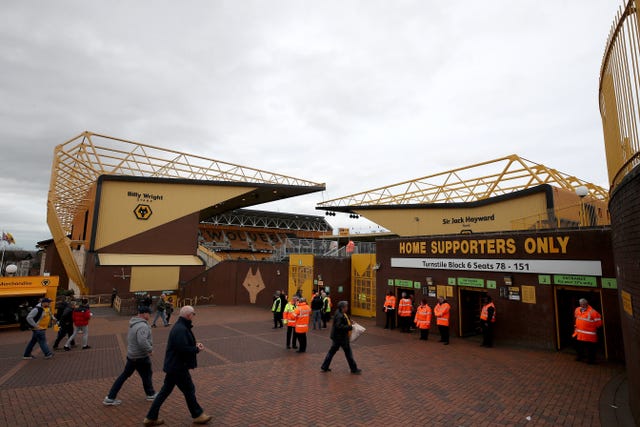
Molineux was the first stadium to be built to host matches in the Football League and on 7 September 1889 hosted the first ever league game in English history.
It was also one of the first venues in the country to install floodlights. Wolves have planning permission to expand the capacity from 31,700 to 38,000.
ga('create', 'UA-72310761-1', 'auto', {'name': 'pacontentapi'});
ga('pacontentapi.set', 'referrer', location.origin);
ga('pacontentapi.set', 'dimension1', 'By Press Association Sport staff');
ga('pacontentapi.set', 'dimension2', 'e8243e5c-8a8f-46ed-926a-4286b41e67e0');
ga('pacontentapi.set', 'dimension3', 'paservice:sport,paservice:sport:football,paservice:sport:uk,paservice:sport:world');
ga('pacontentapi.set', 'dimension6', 'story');
ga('pacontentapi.set', 'dimension7', 'composite');
ga('pacontentapi.set', 'dimension8', null);
ga('pacontentapi.set', 'dimension9', 'sport:football');
ga('pacontentapi.send', 'pageview', { 'location': location.href, 'page': (location.pathname + location.search + location.hash), 'title': 'A journey around the Premier League stadiums'});


